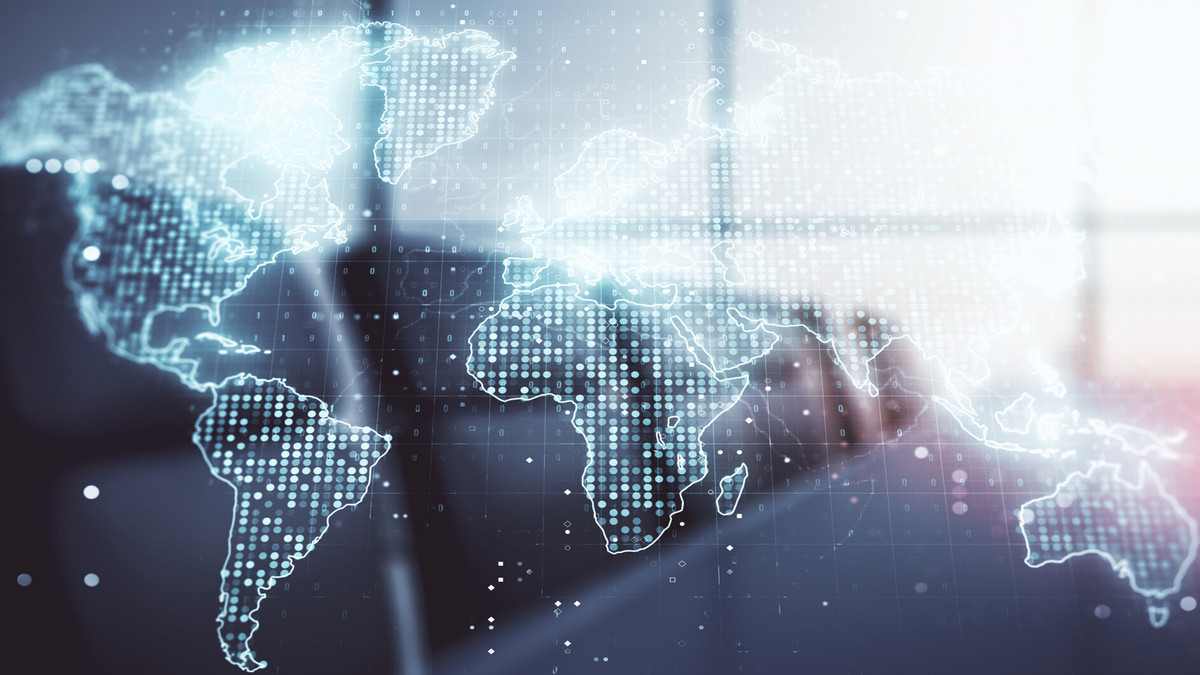With the development of technology and the gradual shortage of working manpower, more and more AI intelligent robots have been developed and officially applied in the workplace. How should human beings think and respond to such a wave of technology? Will jobs really be completely replaced?
Robots replacing human jobs have gone far beyond comic books and sci-fi movies. From the advent of the first textile machine in the 18th century to the rapid development of the Internet age in the 1990s, technology has changing human society.
Artificial Intelligence (AI) is the latest technology that is about to replace the human workforce. Whether it’s self-checkout systems in supermarkets or chatbots for customer service, AI has replaced most repetitive operations. The more AI technology is deeply rooted in people's hearts and popularized in daily life, the more people distrust it.
From Opposition to Adaptation, How Can Future Ai Help Human Life?
In fact, robots could replace more than 2 million workers in manufacturing alone by 2025 if AI technology accelerates, according to a study by MIT and Boston University economists. But as AI technology becomes more and more intelligent, it is more likely that AI technology will surpass humans, and may even make highly specialized occupations obsolete.
In a future where machines can replace our need to contribute to the labor market, it is possible that we will no longer be defined by jobs and careers, but by a newer purpose - improving people and the planet.
History tells us that the Industrial Revolution is always thrilling. In the 18th century, workers opposed the advent of steam power, and 30 years ago, Internet skeptics were plentiful. Whenever a breakthrough new technology or process emerges, people always worry about their livelihoods.
But as technology has evolved, so has our role on the planet. We have adapted and developed AI technology systems and embedded them into our daily lives, such as driverless transportation systems that shuttle between airport terminals, or dating algorithms on the Internet that can help us find the Mr./Ms. right.
Looking ahead, AI has the potential to further change the future we share. It promises unprecedented in-depth analysis of vast amounts of data, from identifying and preventing early-stage breast cancer to studying factory operations in real-time to remotely repair machines.
AI technology has the potential to help augment human capabilities, allowing us to work with greater speed, flexibility and efficiency. Imagine those AI technology development colleagues who encourage creative brainstorming, or those digital life coaches who allow us to make smarter decisions based on data analysis. A more extreme example is Neuralink, a controversial "brain-computer interface" that allows humans to control machines with their brains by implanting tiny electrical stages into the brain and using electrical currents to "interact" with computers and brain cells.
These developments embody what we call the Industry 4.0 era, the current era of the Industrial Revolution, which focuses on driving the augmentation of AI-intelligent systems through data and machine learning. With the help of AI, we are building a more optimized and efficient workforce. In the era of big data AI, humans and machines are increasingly inseparable and intertwined.
But what if we take it a step further and redefine our work to include a deeper meaning and purpose? Build a workforce that is more aware of society's long-term needs?
Towards Industry 5.0, Prioritizing the Contribution of Industry to Society
Currently, we are moving towards the "era of Industry 5.0". The goal of "Industry 5.0" is not just to improve efficiency and productivity, but to prioritize the contribution of industry to society. It focuses on the well-being of workers while considering the environmental and social impacts of the industry. The “era of Industry 5.0” is often described as a new era or a revolution.
In Iceland, the 4-day work week has become popular. In Japan, Microsoft Japan has shortened working hours, and experiments have shown that employees are happier and are 40% more productive than before. Governments and companies around the world are already questioning what life will look like after changing the notion that work is everything. And some small businesses have made working from home permanent, increasing people's freedom to define themselves outside their professional lives.
In this new work culture, developing AI can focus on improving our intellectual and physical abilities, enabling us to work smarter, not harder. We become more “productive” in less time, the more time we can devote to goal-directed efforts.
Or, imagine: society does not have enough labor for social production. It's not unbelievable that healthcare workers are facing relentless pressure during the Covid-19 outbreak. Emotional computers and empathetic AI will be able to respond emotionally to human needs, by freeing people from these necessary and important roles, which frees up more time for more important things. With global warming, these responsibilities have become increasingly urgent.
Industry 5.0 is the cornerstone towards a more sustainable, human-centred society. Emerging technologies offer real potential for humanity to realize a post-professional era, in which we are no longer defined by our own work, but by a new goal of improving the human condition and the world.
But achieving such a future requires careful and thoughtful handling of issues of trust, risk and regulation. Stanford University's century-old study of artificial intelligence tells us that we are currently at an inflection point where the promise and risks of this technology are becoming a reality. Previously, the innovations and changes that artificial intelligence brought to today’s society could only be dreamed of, but using artificial intelligence technology to replace human decision-making will inevitably bring risks and unforeseen consequences.
AI is also created by humans and trained on historical data, which is not without discrimination and inherent bias. This means that if there are inequalities in access to information and participation in AI, that inequalities may be amplified. What's more, humans are by nature prolific creatures, and many people enjoy work because they make up their identities. Moreover, most people view the post-professional society with skepticism.
How To Define the Roles and Responsibilities of New Technologies Is the Key
In general, the question is not whether machines will act in good faith, or will eventually become smarter than humans. In some cases, they actually do. The focus today should be on what we can do now to ensure that the road goes towards an optimistic future.
With emerging technologies such as artificial intelligence poised to replace repetitive jobs, a new future opens up where human purpose is the driving force behind professional life. AI has the power to improve lives, transform industries, and defend our planet, and as our responsibility to defend it grows, the value and potential of emerging technologies has never been more important.
We cannot limit our inner ambitions when we paint this future, because now we have realized what we imagined society to be 5 years ago. Now is a critical time to define roles and responsibilities for emerging technologies, and it’s time to imagine a future. In this future, we serve people and the planet on an individual and corporate level.







.jpg)
.jpg)
.jpg)

.jpg)

點-m-90454917_m.jpg)
